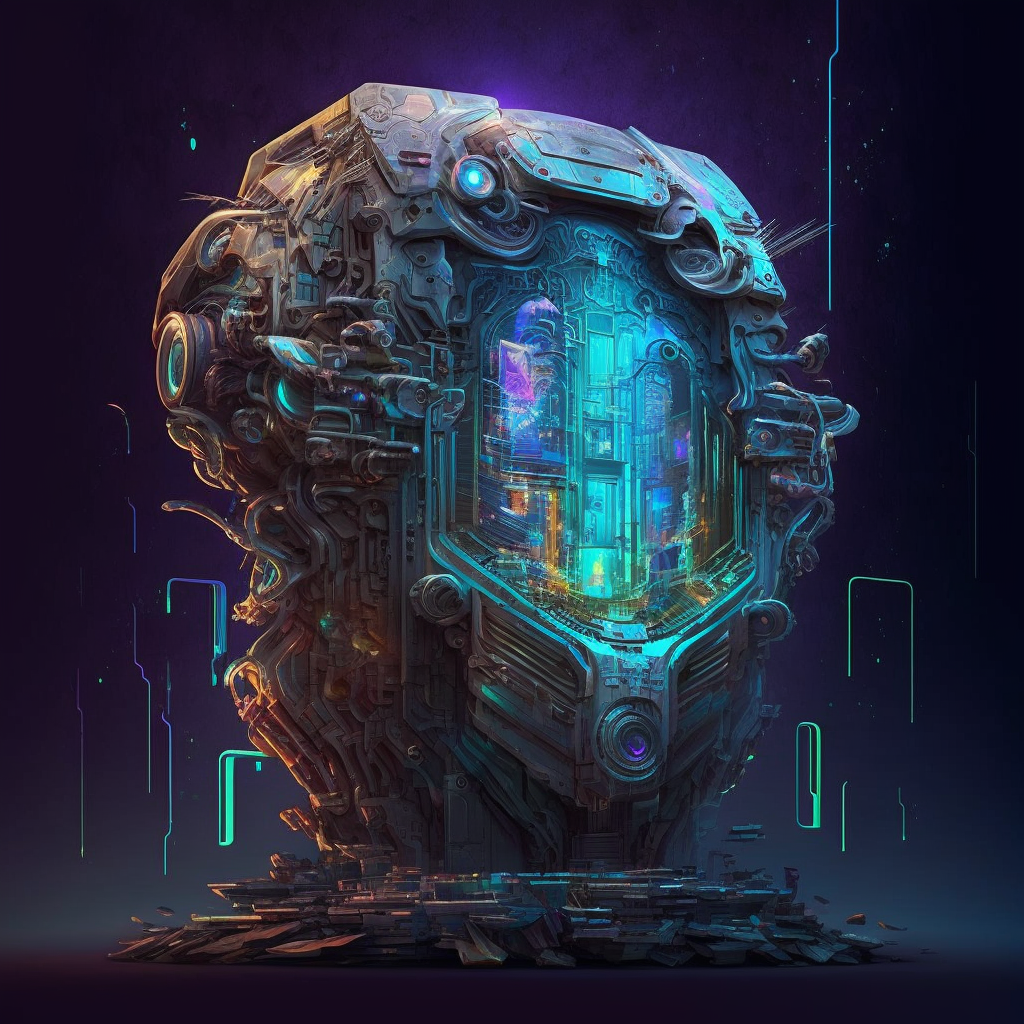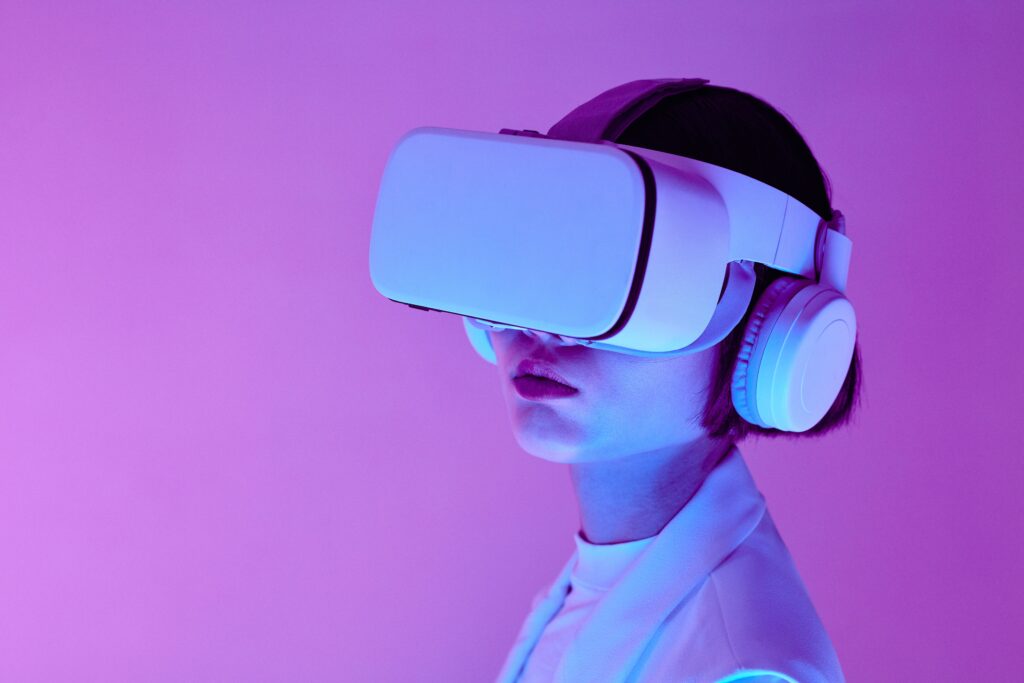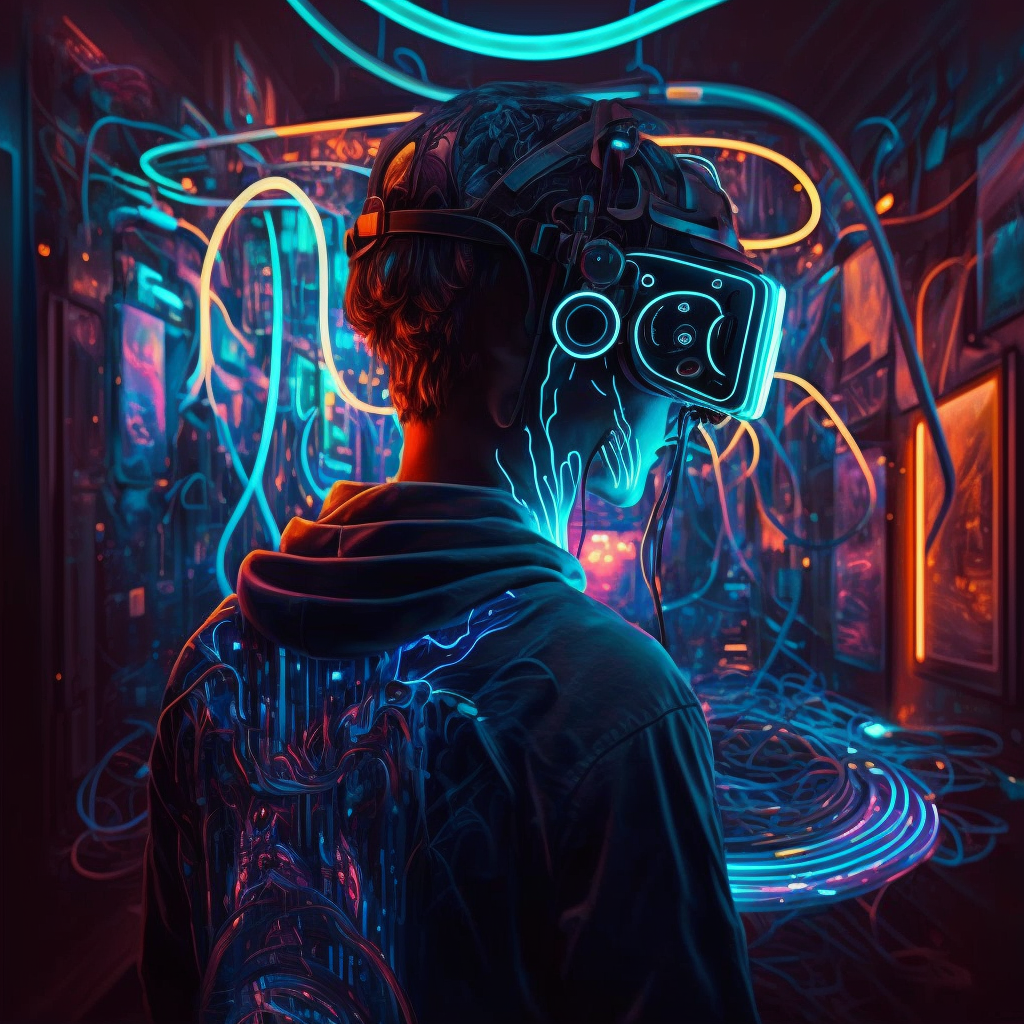
Non-Fungible Tokens, or NFTs, have taken the digital world by storm and are rapidly changing the way we view digital ownership and assets. An NFT is a unique digital asset that represents ownership of a specific item or piece of content, such as artwork, music, or even tweets. Unlike traditional cryptocurrencies, NFTs cannot be exchanged for an equivalent value because each NFT is unique and holds its own value.
The importance of NFTs lies in their ability to grant ownership and authenticity to digital content. This opens up a world of new possibilities for artists, musicians, and content creators to monetize their work and maintain control over it. The rise of NFTs has also sparked a new market for collectors and investors, who are eager to get their hands on these unique and valuable assets.
The purpose of this guide is to provide a comprehensive overview of NFTs, including what they are, how they work, and how to buy and sell them. We will also cover best practices for NFT owners and explore the future of this exciting and rapidly evolving industry. Whether you are a seasoned investor or just starting to learn about NFTs, this guide is an essential resource to understanding this new and exciting world of digital ownership.
NFTs have a variety of use cases in different industries, including art, music, gaming, and collectibles. For example, an artist can sell an NFT representing a digital artwork, allowing the buyer to own a unique and verified version of the artwork. In the music industry, NFTs can be used to represent ownership of a specific song or album, providing a new revenue stream for musicians.
It’s important to understand the difference between NFTs and fungible tokens, such as cryptocurrencies. Fungible tokens, such as Bitcoin, are interchangeable and hold the same value as one another. NFTs, on the other hand, are unique and cannot be exchanged for an equivalent value. This is because each NFT represents a specific item or piece of content, which holds its own value and ownership.
Blockchain at their foundation
NFTs are built on blockchain technology, which acts as the backbone for the verification and authentication process. The blockchain acts as a decentralized ledger that records every transaction and ownership change for each NFT. This ensures the authenticity and uniqueness of each NFT, as well as its ownership history.

To create an NFT, the creator must first define the digital asset and its properties, such as its name, image, and metadata. This information is then added to the blockchain and verified by the network of nodes, creating a unique and verifiable digital asset. The NFT is then stored in a digital wallet, which can be accessed by the owner to view and manage the NFT.
There are different types of NFTs, each with their own properties and use cases. For example, some NFTs may have special abilities within a game, while others may represent unique pieces of art. The specific type of NFT will determine its properties and how it can be used.
In summary, NFTs work by leveraging the security and decentralization of blockchain technology to create unique and verifiable digital assets. The NFT creation and verification process ensures the authenticity and uniqueness of each NFT, making them valuable and highly sought after by collectors and investors.
Trading NFTs
To buy and sell NFTs, one must first set up a digital wallet that is compatible with NFTs. There are various types of digital wallets available, ranging from software-based wallets to hardware wallets that provide increased security for storing NFTs.
Once a wallet is set up, the next step is to find a reputable NFT marketplace where NFTs can be bought and sold. Some popular NFT marketplaces include OpenSea, Rarible, and SuperRare. These marketplaces allow users to browse and purchase NFTs, as well as create and sell their own NFTs.

When buying an NFT, it’s important to understand the NFT’s pricing and ownership. NFTs are unique and their value is determined by a variety of factors, such as their rarity, popularity, and ownership history. The price of an NFT can be influenced by market demand, so it’s important to do research and understand the market before making a purchase.
When selling an NFT, the seller sets the price and puts the NFT up for sale on the marketplace. Once a buyer expresses interest, the NFT is transferred from the seller’s wallet to the buyer’s wallet through a blockchain transaction. The transaction is verified and recorded on the blockchain, ensuring the authenticity and ownership of the NFT.
In conclusion, buying and selling NFTs is relatively straightforward once a wallet and a reputable marketplace are set up. It’s important to understand the value and pricing of NFTs, as well as the transaction process, to ensure a smooth and successful transaction.
Storing NFTs
As NFT ownership becomes more widespread, it’s important to follow best practices to ensure the security and preservation of NFTs. Here are some best practices for NFT owners:
- Secure your digital wallet: Keeping your digital wallet secure is of the utmost importance when owning NFTs. Make sure to use a secure and reliable digital wallet, and take steps to protect it, such as using a strong password and two-factor authentication.
- Backup your NFTs: Creating a backup of your NFTs is important to ensure they are not lost or stolen. This can be done by storing a backup of your digital wallet on a secure external device or using a cloud-based backup service.
- Monitor market trends: NFTs can be highly volatile, so it’s important to monitor market trends and understand the value of your NFTs. Regularly check the marketplace to see how the value of your NFTs is changing and make informed decisions about buying and selling.
- Protect your NFTs from theft: NFTs can be stolen if your digital wallet is compromised. To prevent theft, keep your digital wallet secure and regularly monitor its activity.
- Know the ownership history: When buying or selling NFTs, it’s important to understand their ownership history. This can provide insight into the NFT’s authenticity and value.
- Store NFTs properly: NFTs should be stored in a secure digital wallet, and their ownership and transfer should be recorded on the blockchain. This ensures the authenticity and uniqueness of the NFTs and protects them from theft or loss.
In conclusion, following best practices for NFT ownership can help ensure the security and preservation of NFTs, as well as their value. Whether you are a new or seasoned NFT owner, it’s important to take the necessary steps to protect and preserve your NFTs.
The Future of NFTs

The future of NFTs is highly promising and holds tremendous potential for growth and innovation. Here are a few ways in which NFTs may shape the future:
- Expansion into new industries: NFTs have already proven to be popular in the art, gaming, and collectibles industries, but their potential for expansion into new industries is enormous. Industries such as real estate, music, and sports could all benefit from the unique ownership and authentication features that NFTs provide.
- Increased adoption of blockchain technology: As NFTs continue to gain popularity, it is likely that more businesses and individuals will begin to adopt blockchain technology. This will drive innovation and increase the number of use cases for blockchain technology beyond NFTs.
- Improved accessibility: The NFT market is currently dominated by a small group of early adopters and investors, but as NFTs become more accessible, they have the potential to become a more mainstream asset class. This will increase their popularity and value, as well as their potential for growth.
- Increased demand for NFT creators: As the NFT market grows, the demand for NFT creators will also increase. This could result in a new wave of creative talent and innovation in the NFT market.
- Development of new NFT standards: As the NFT market evolves, it is likely that new standards will emerge to enhance their functionality and interoperability. This will make it easier for NFTs to be bought, sold, and traded, and will further increase their popularity.
Conclusion
In conclusion, NFTs are unique and valuable digital assets that are gaining widespread popularity in the art, gaming, and collectibles communities. NFTs are built on blockchain technology, which ensures their authenticity, uniqueness, and ownership history. To own NFTs, one must set up a digital wallet and purchase NFTs from reputable marketplaces. When owning NFTs, it’s important to follow best practices, such as securing one’s digital wallet, monitoring market trends, and protecting NFTs from theft. With the rise of NFTs, it’s clear that they will play a significant role in shaping the future of digital ownership and collectibles. Whether you are a collector, investor, or creator, NFTs offer a new and exciting opportunity to participate in this growing market.





